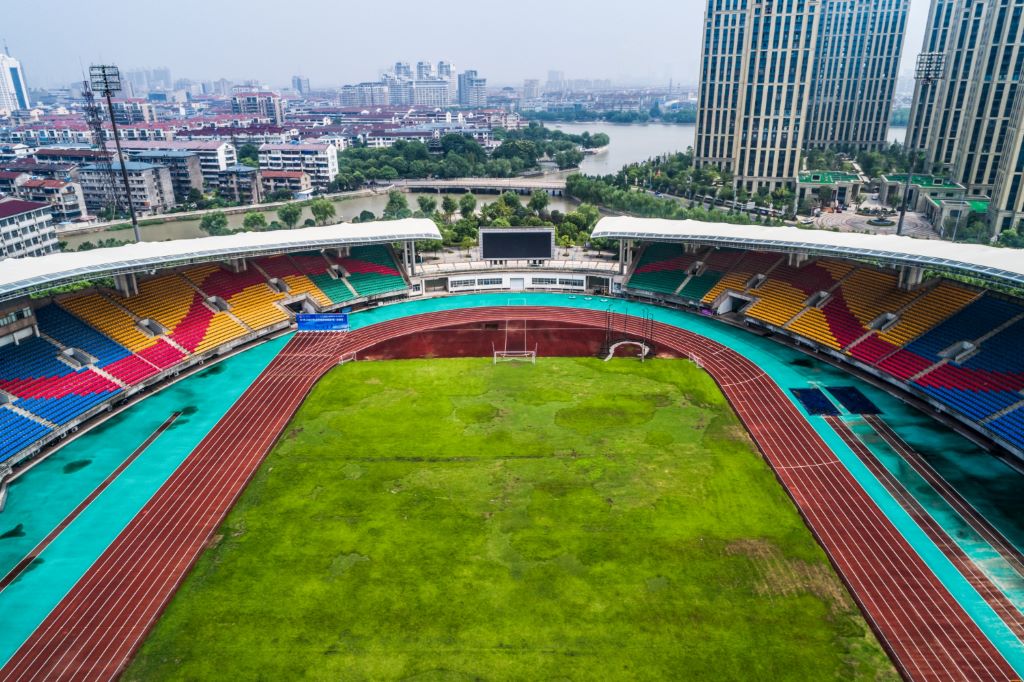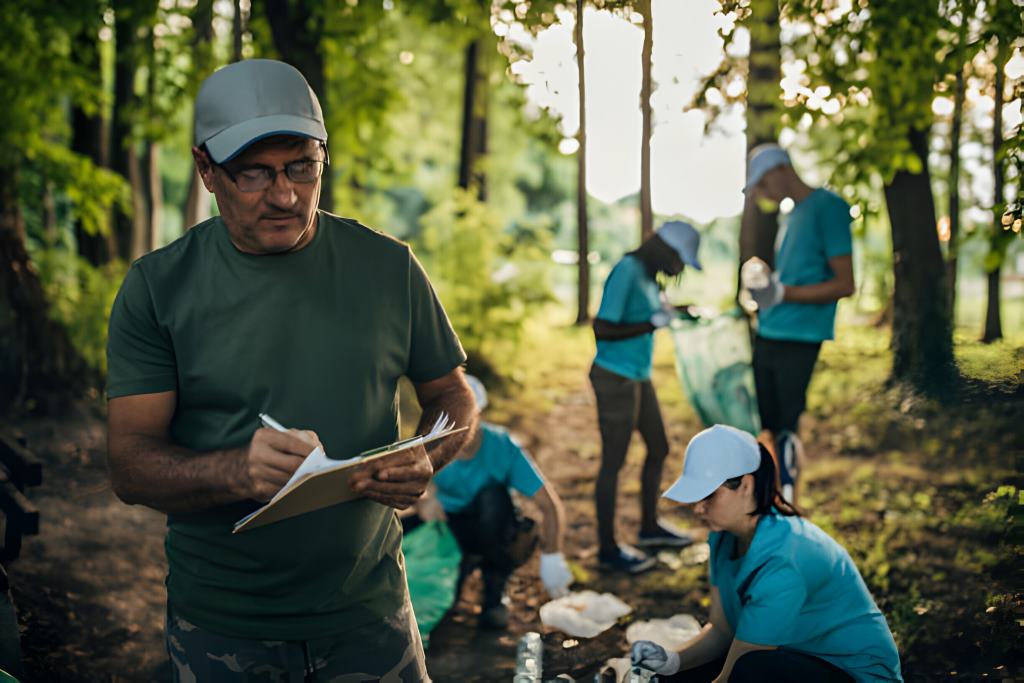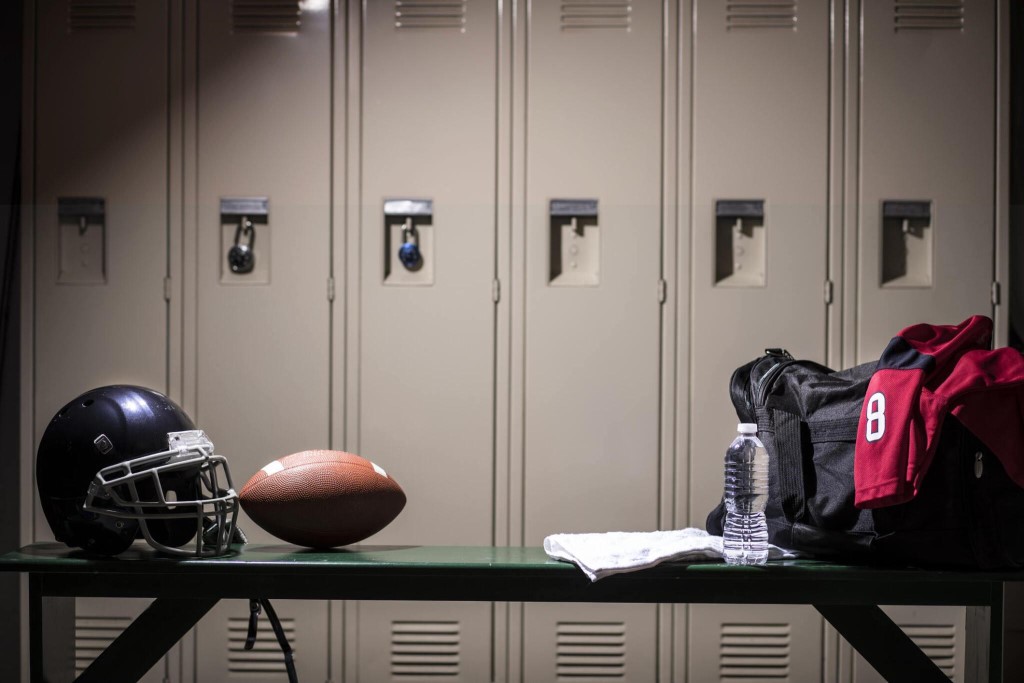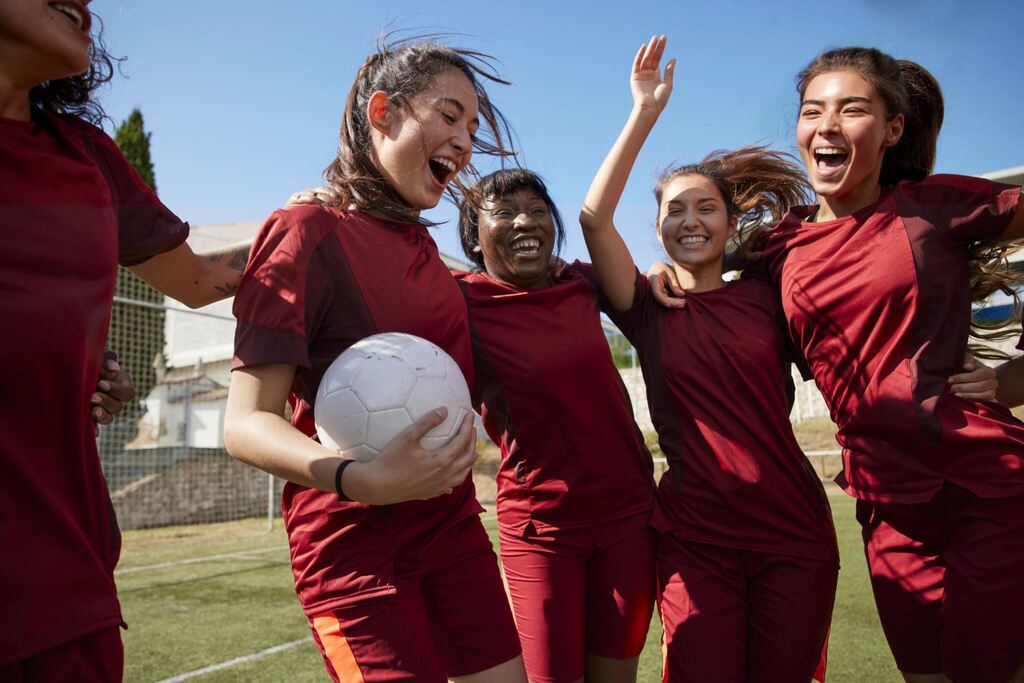Water damage is a daunting challenge for sports venues of all sizes, ranging from local playing fields to professional stadiums. When floods or water intrusions occur, they not only threaten the structural integrity of the venue but also disrupt scheduled events, impacting athletes, fans, and the community at large.
In such dire circumstances, water restoration companies emerge as the unsung heroes, swiftly responding to mitigate the damage and restore sports venues to their former glory.
In this comprehensive blog post, we will explore the intricate process of water restoration in sports venues, from flooded fields to dry courts.
Understanding the Scope of Water Damage
Water damage in sports venues extends far beyond surface-level inconvenience. Floodwaters can infiltrate structures, compromise electrical systems, damage equipment, and create hazardous conditions for athletes and spectators. Moreover, the longer water remains stagnant, the higher the risk of mold growth, which poses additional health hazards and complicates restoration efforts. Understanding the scope of water damage is crucial for restoration companies as they formulate comprehensive strategies to address the challenges ahead.
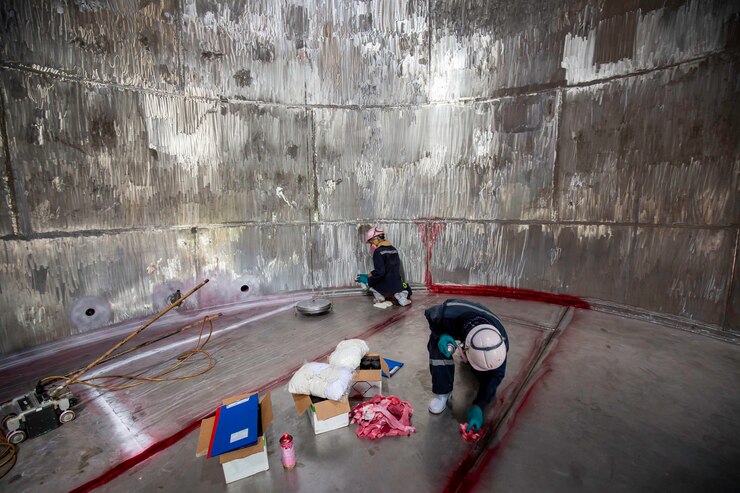
Immediate Response and Damage Assessment
Upon receiving the call for assistance, water restoration teams spring into action, mobilizing resources and personnel to the affected sports venue. The first step in the restoration process is conducting a thorough damage assessment. Experienced technicians meticulously inspect the venue, identifying areas of water intrusion, assessing structural integrity, and documenting the extent of the damage. This initial assessment lays the groundwork for developing a tailored restoration plan suited to the unique needs of the sports venue.
Water Extraction and Moisture Control
With the assessment complete, restoration teams proceed to the critical phase of water extraction. Utilizing state-of-the-art pumps, vacuums, and extraction tools, they swiftly remove standing water from playing fields, locker rooms, and other affected areas. Additionally, specialized equipment such as dehumidifiers and air movers are deployed to control moisture levels and prevent secondary damage. Effective moisture control is paramount in mitigating the risk of mold growth and ensuring the success of subsequent restoration efforts.
Structural Drying and Repairs
As water extraction progresses, attention shifts to structural drying and repairs. Restoration professionals employ advanced techniques to dry out building materials, including walls, floors, and ceilings. In cases of severe structural damage, such as compromised foundations or warped flooring, skilled technicians undertake repair and reconstruction work to restore the venue to its pre-damage condition. Throughout this phase, safety protocols are strictly adhered to, ensuring the well-being of workers and occupants.
Cleaning, Sanitization, and Mold Remediation
In addition to water extraction and structural repairs, thorough cleaning and sanitization are essential to restoring the sports venue to a safe and hygienic state. Restoration teams like Total Care Restoration utilize industrial-grade cleaning agents and disinfectants to eliminate contaminants and mitigate health risks. Furthermore, in areas susceptible to mold growth, specialized mold remediation procedures are implemented to eradicate mold colonies and prevent recurrence. By prioritizing cleanliness and hygiene, restoration companies ensure that the sports venue is ready for safe occupancy and use.
Quality Assurance and Final Inspection
Before officially declaring the sports venue fit for occupancy, restoration teams conduct rigorous quality assurance measures and final inspections. These comprehensive assessments encompass factors such as air quality, moisture levels, structural integrity, and compliance with safety standards. Only upon passing these meticulous checks is the sports venue deemed ready for athletes, spectators, and staff to return, allowing sporting events to resume without compromise.
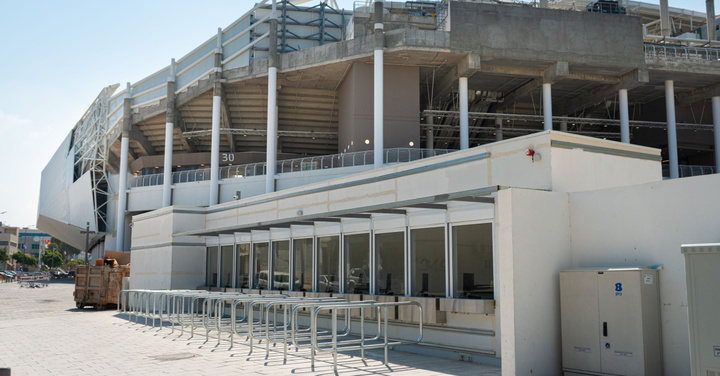
The Water Challenge in Sports Venues
Sports venues, by their nature, consume significant amounts of water. From irrigating playing fields to supplying concession stands and restroom facilities, water is an indispensable resource in the world of sports. However, this dependence on water often comes at a cost, both financially and environmentally.
Outdoor stadiums, in particular, face the perennial challenge of maintaining playable conditions despite fluctuating weather patterns. Heavy rains can lead to waterlogged fields, causing delays and cancellations of games. Moreover, excessive watering to maintain turf quality can strain local water resources and contribute to water waste.
Even indoor sports venues are not exempt from water-related challenges. Basketball courts, tennis courts, and swimming pools all require water for maintenance and operation. Leakage, inefficient water usage, and poor drainage systems can exacerbate these challenges, leading to unnecessary water consumption and potential damage to infrastructure.
In light of these issues, sports venues around the world are increasingly turning to innovative water restoration strategies to mitigate their environmental footprint and ensure sustainable operations.
Innovative Water Restoration Solutions
- Artificial Turf and Drought-Resistant Grass: One of the most significant advancements in sports venue water management has been the adoption of artificial turf and drought-resistant grass. Unlike natural grass, which requires regular watering and maintenance, artificial turf can withstand harsh weather conditions without compromising playability. Similarly, drought-resistant grass varieties, such as Bermuda grass or fescue, have been engineered to thrive in low-water environments, reducing the need for irrigation.
- Smart Irrigation Systems: Smart irrigation systems leverage sensors, weather data, and advanced algorithms to optimize water usage in sports venues. These systems monitor soil moisture levels, weather forecasts, and evapotranspiration rates to deliver precise amounts of water exactly when and where it’s needed. By eliminating guesswork and inefficiencies associated with manual irrigation, smart systems can significantly reduce water consumption while maintaining optimal playing conditions.
- Rainwater Harvesting: Rainwater harvesting involves collecting and storing rainwater for later use in sports venue operations. This harvested water can be used for irrigation, toilet flushing, or even drinking water in some cases. By capturing rainwater onsite, sports venues can reduce their reliance on municipal water sources and minimize their environmental impact.
- Greywater Recycling: Greywater recycling systems capture and treat wastewater from sinks, showers, and other non-toilet fixtures for reuse in sports venues. While not suitable for potable purposes, recycled greywater can be used for irrigation, cooling systems, and other non-potable applications. By recycling greywater onsite, sports venues can conserve freshwater resources and reduce their wastewater discharge.
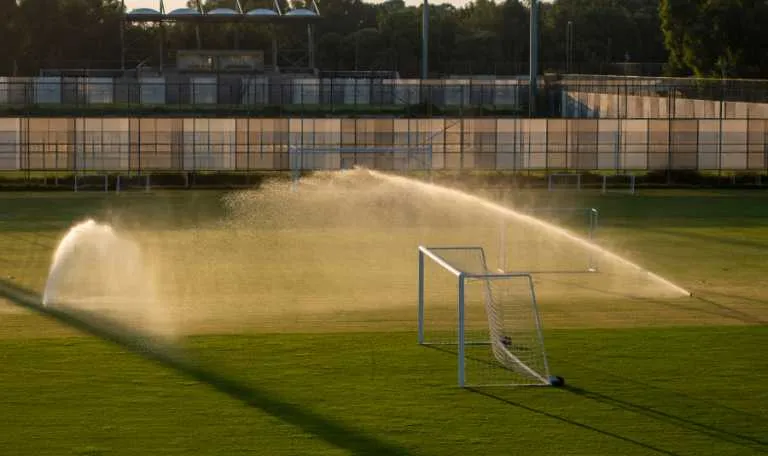
Conclusion
In the face of water damage, sports venues rely on the expertise and dedication of water restoration companies to overcome adversity and emerge stronger than before. From flooded fields to dry courts, the journey of restoration is a testament to resilience and perseverance. By swiftly responding to emergencies, implementing strategic restoration plans, and upholding the highest standards of quality and safety, restoration teams ensure that the spirit of sports endures, undeterred by the challenges posed by water intrusion. As sports venues rise from the depths of disaster, they stand as beacons of hope and unity, ready to host memorable moments and inspire generations to come.
